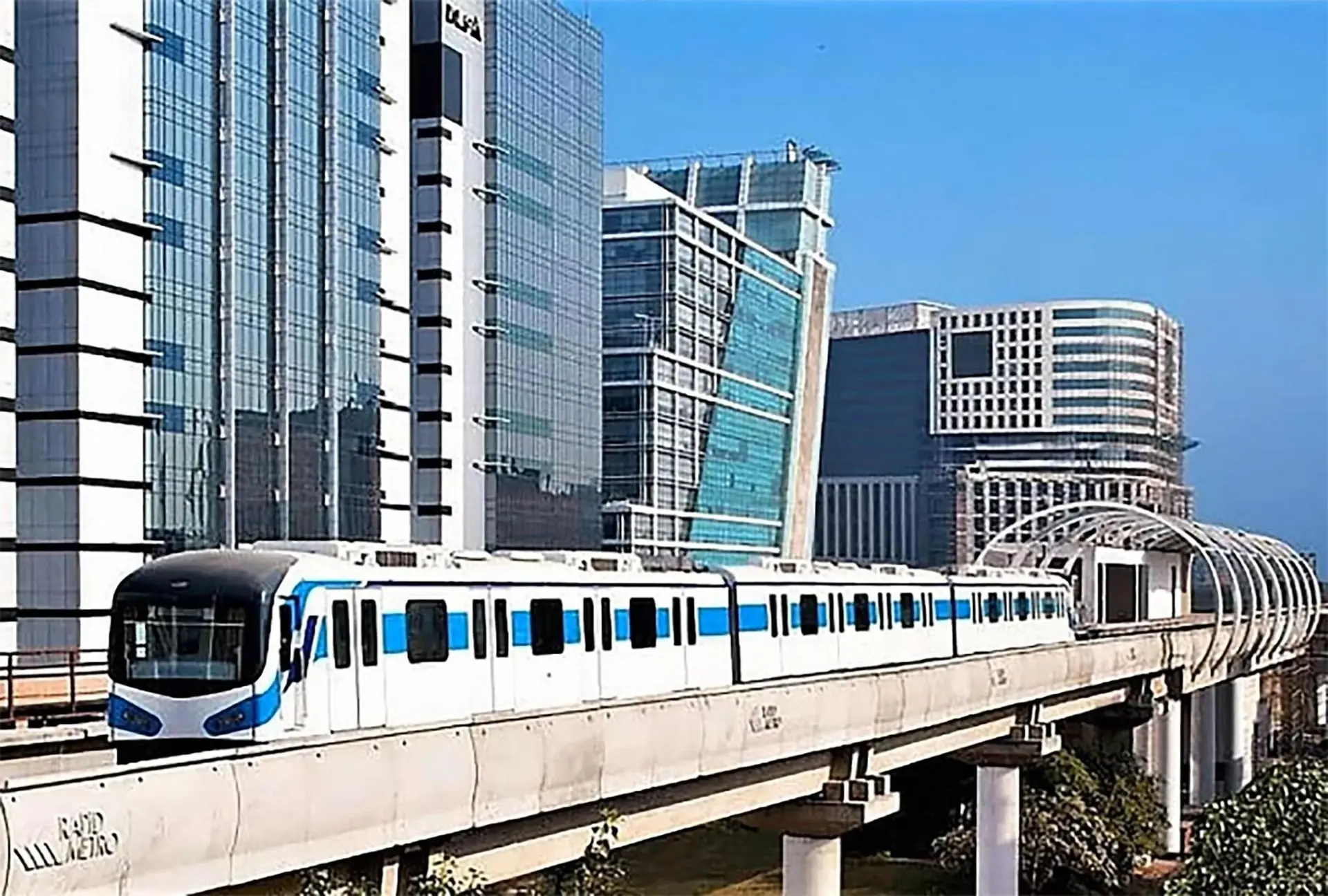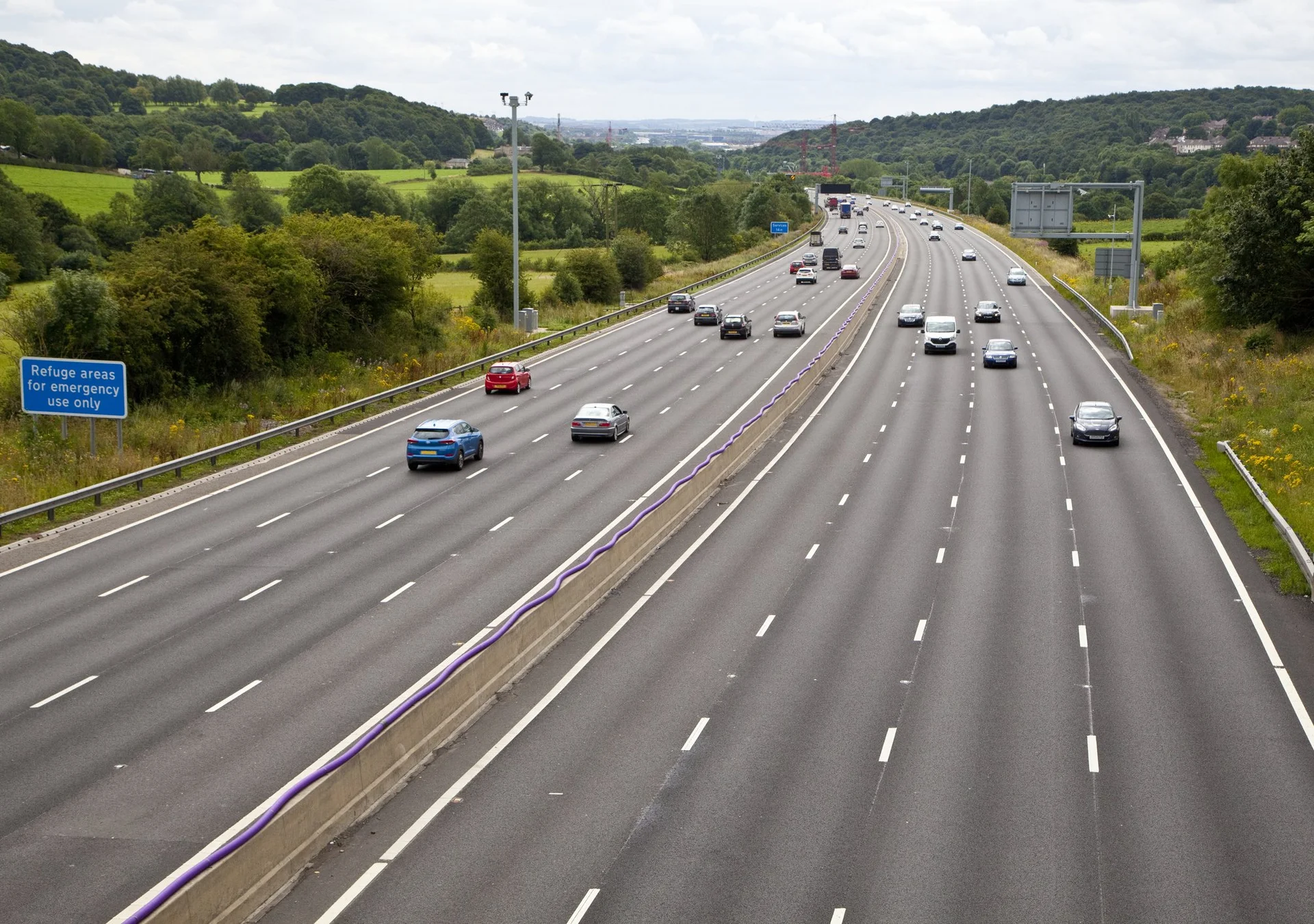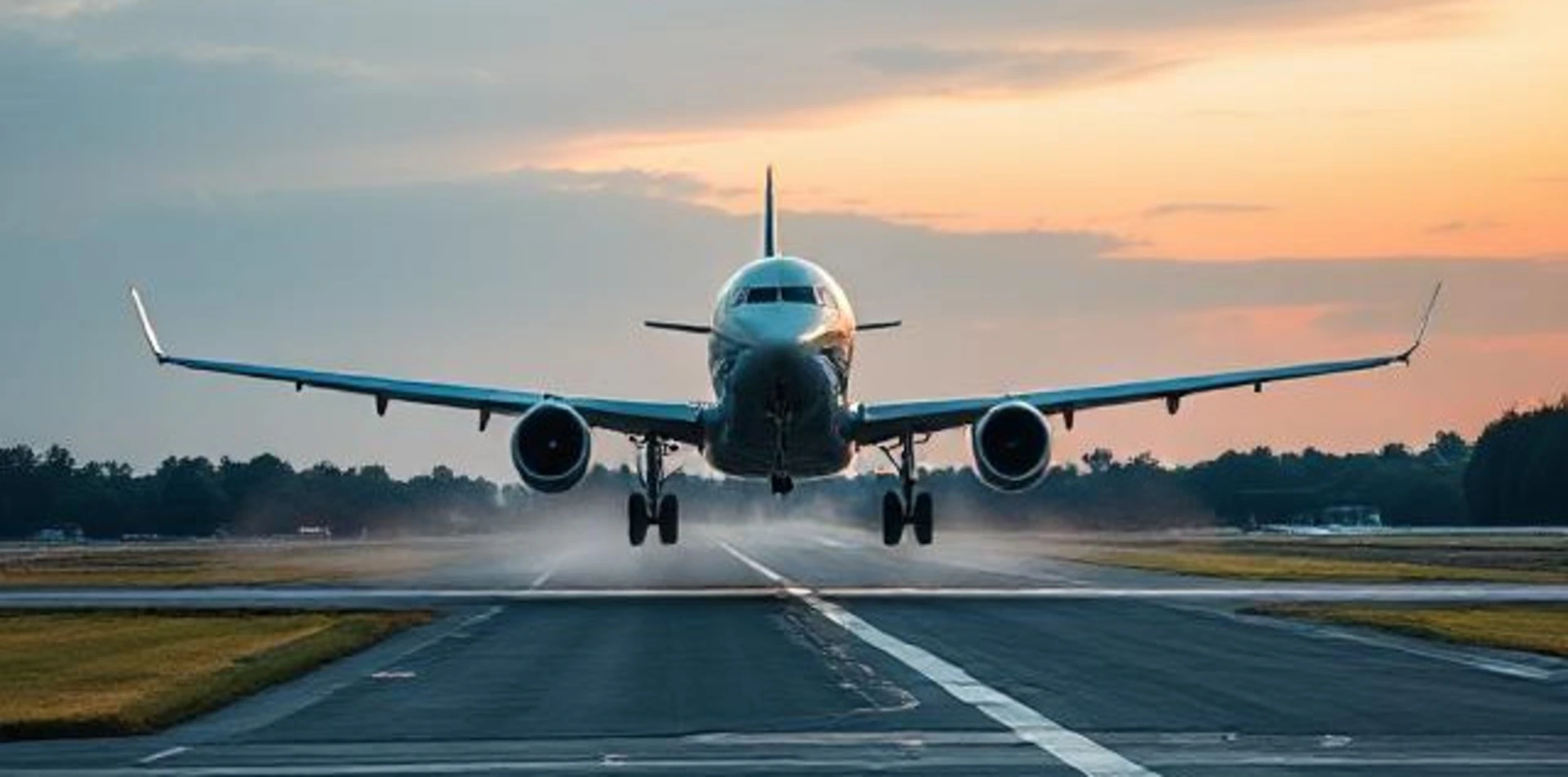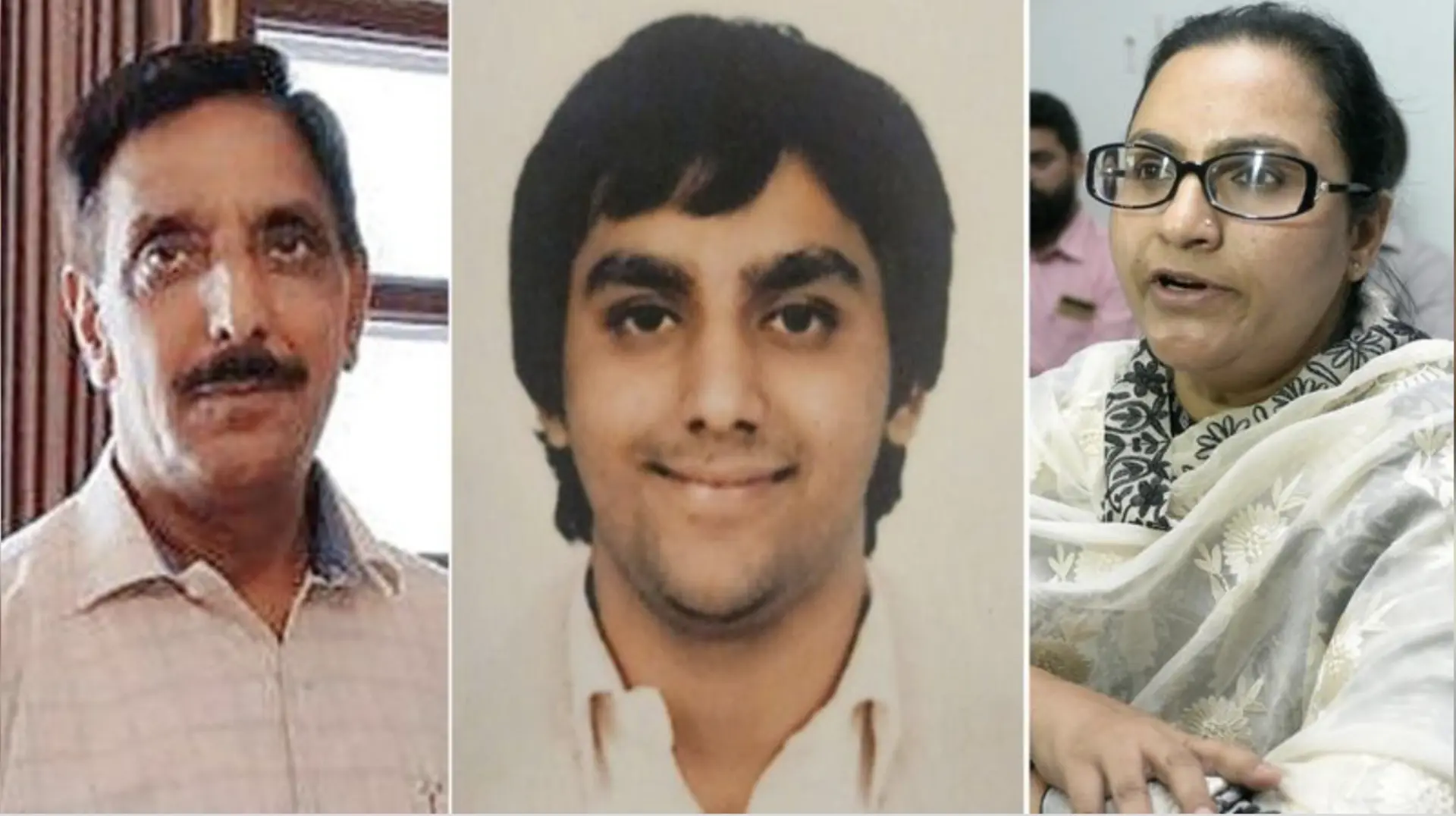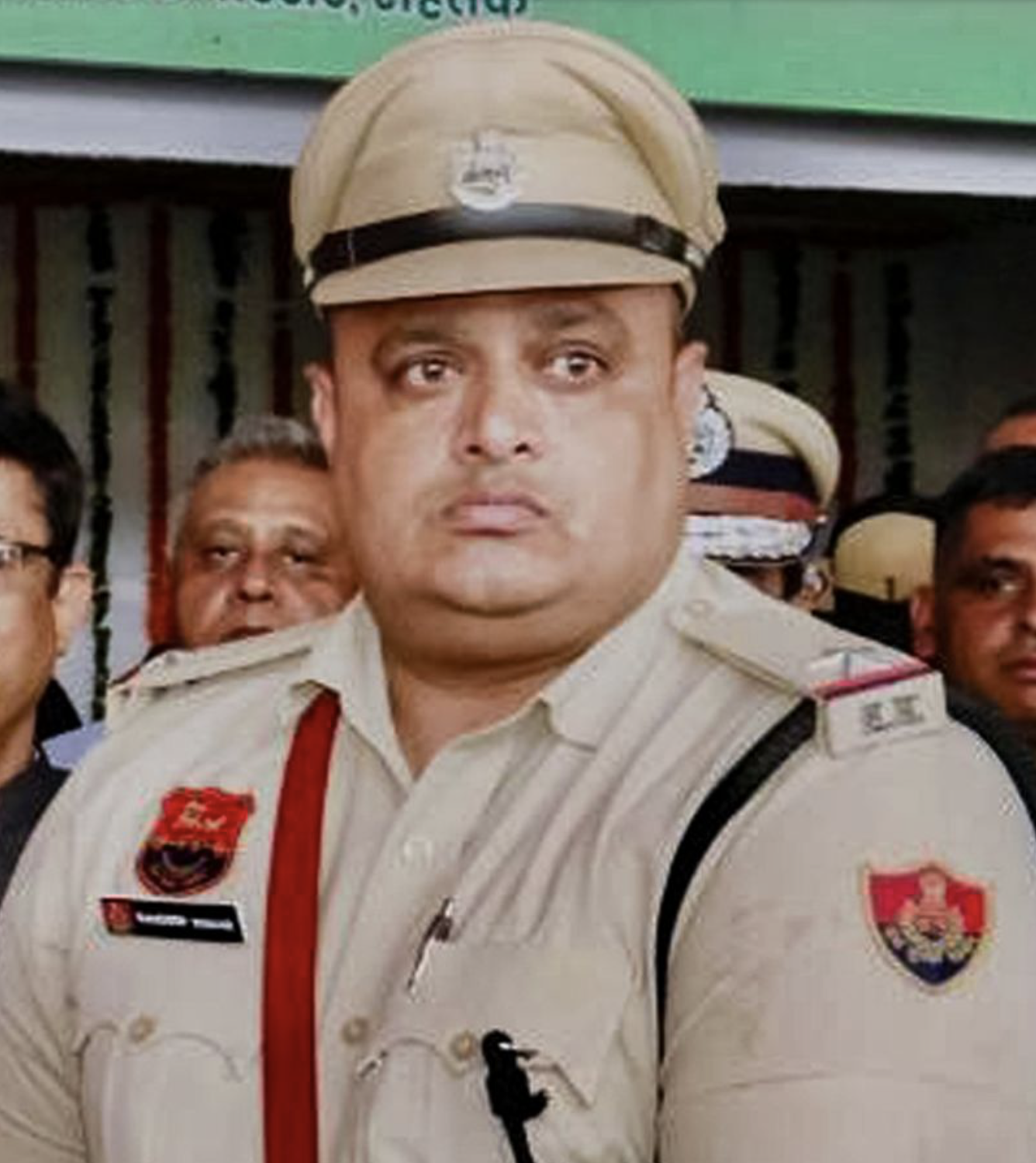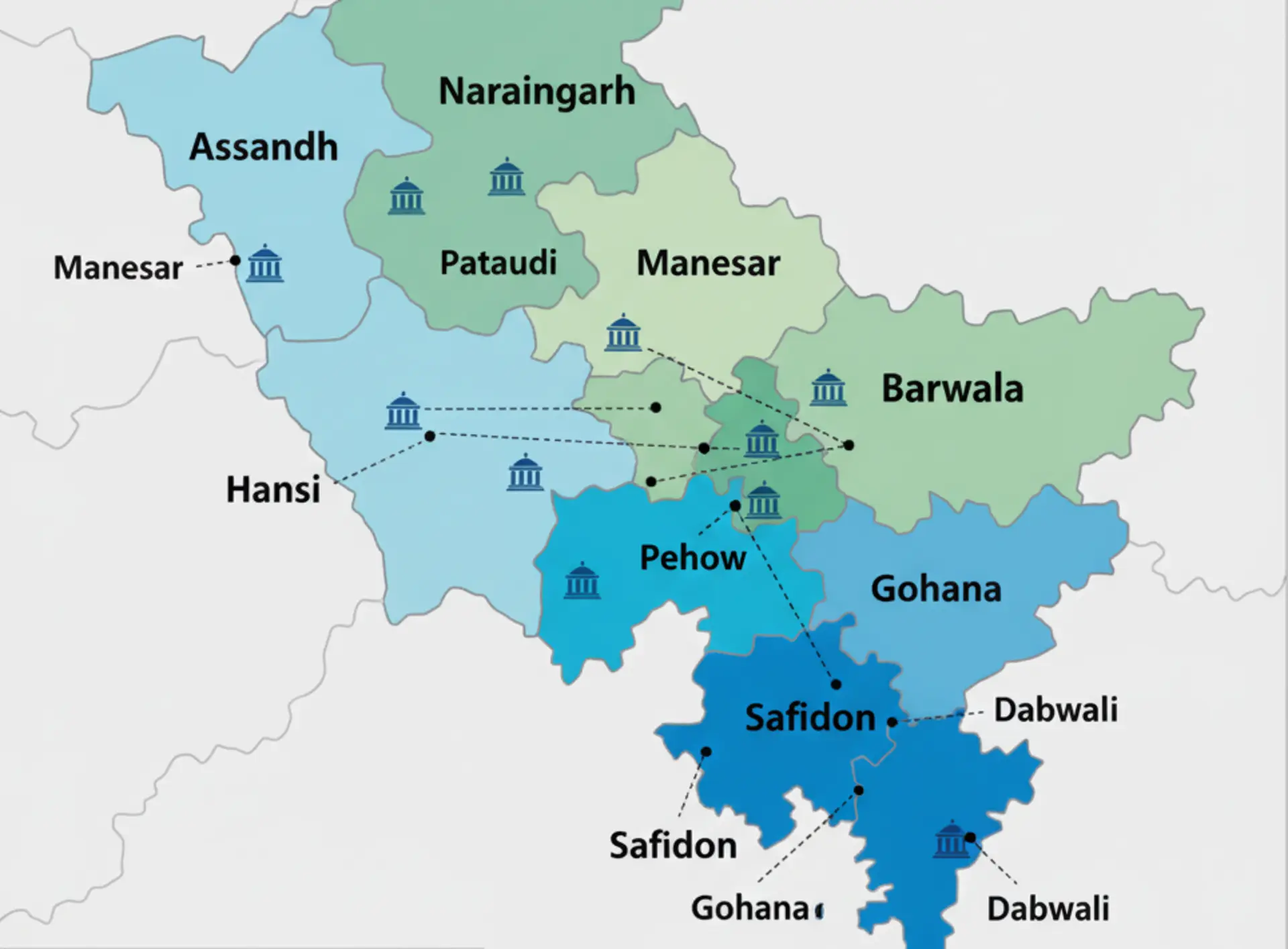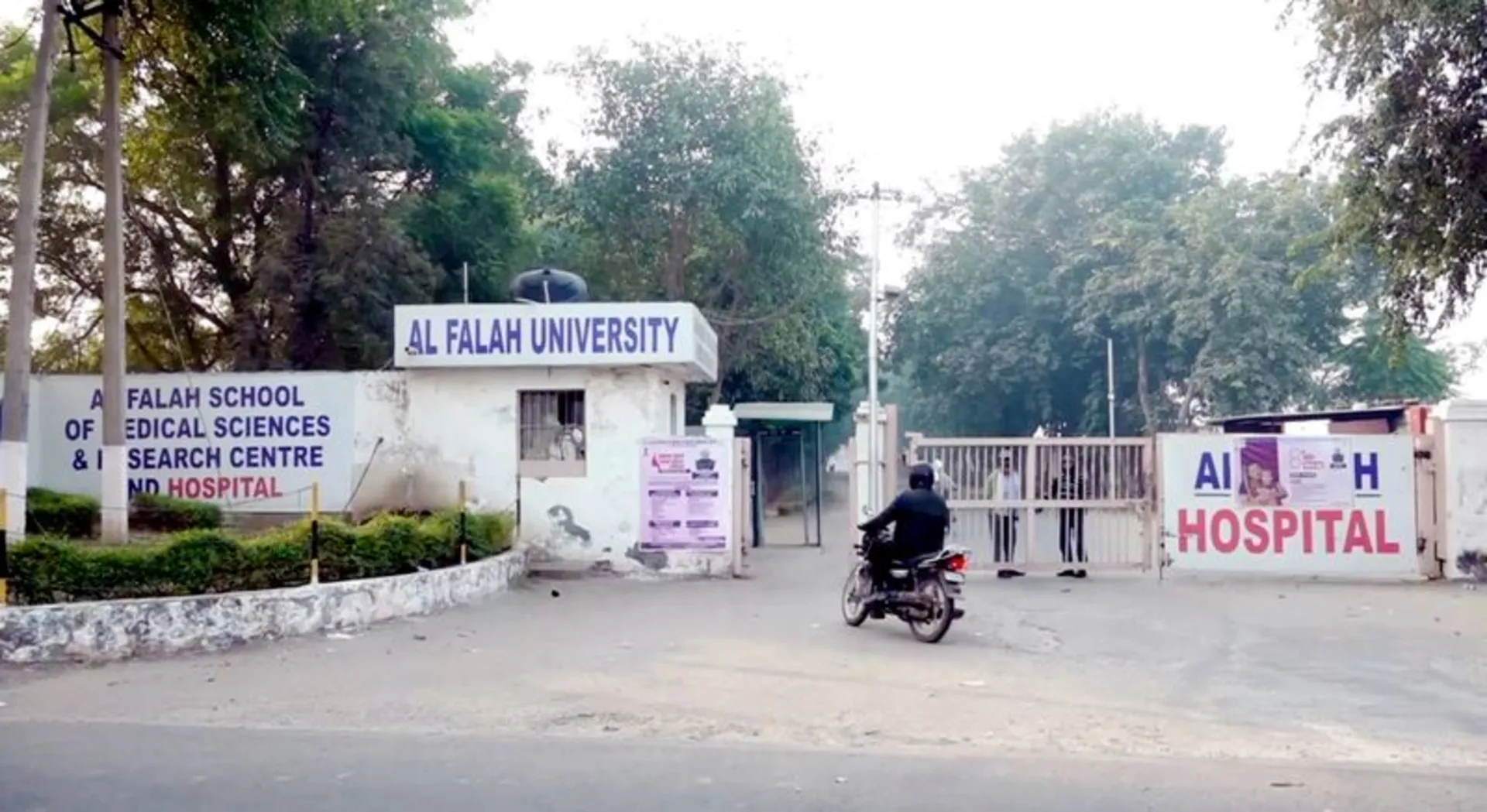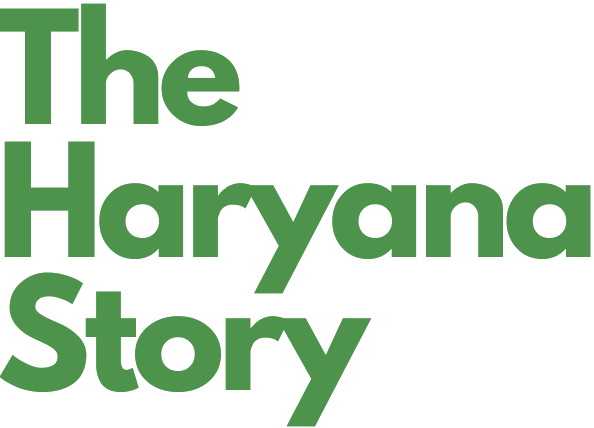
The National Capital Region Transport Corporation has announced plans for a major Rs 15,000-crore Regional Rapid Transit System that will connect Gurugram and Greater Noida, passing through Faridabad and Noida. The project will significantly improve inter-city connectivity across NCR and will provide faster transport facility to daily commuters.
The new line will also connect with the ongoing Ghaziabad–Jewar Airport Namo Bharat corridor. NCRTC has formally approached the Haryana Government seeking approval for the route alignment and permission to begin preparing a Detailed Project Report.
The proposed corridor spans approximately 60 kilometers and will operate independently of existing or under-construction RRTS corridors like the Delhi-Gurugram and Delhi–SNB projects. This will ensure the new line won't create overlap or congestion issues with other rapid transit systems in the area.
In its communication to the Haryana Government, NCRTC stated: "Before initiation of DPR work, MoHUA has also desired formal approval of stakeholders on the route alignment of Namo Bharat corridor at the earliest. Since the majority of the proposed alignment passes through the state of Haryana, it is therefore requested that the attached Namo Bharat alignment may be reviewed, and suitable approval may be provided to initiate the work of preparation of DPR."
The project includes six stations strategically located across the corridor. In Gurugram, the first station is proposed near IFFCO Chowk at Sector 29 and next station will be along Golf Course Road before entering Faridabad. Two stations are planned in Faridabad - one at Bata Chowk and another at the Sector 85-86 intersection.
The next stations are planned of Noida at the Sector 142-168 intersection, and then continues to Surajpur of Greater Noida. At Surajpur, the line will merge with the Ghaziabad-Jewar airport corridor, creating seamless connectivity to the upcoming international airport.
NCRTC has also suggested that the Haryana Government form a monitoring committee comprising officials from relevant state, district, and local departments. This committee would facilitate fast and effective decision-making during the planning and execution phases of the project.
The proposed alignment will pass through densely populated and high-traffic zones where rapid transit solutions are needed to reduce vehicular congestion, cut travel time, and improve air quality in the NCR. The Haryana Mass Rapid Transport Corporation Limited has been asked to examine and approve the alignment swiftly to enable further project planning.
This RRTS corridor represents a significant investment in regional connectivity infrastructure that could transform how people travel across the National Capital Region's major urban centers.



